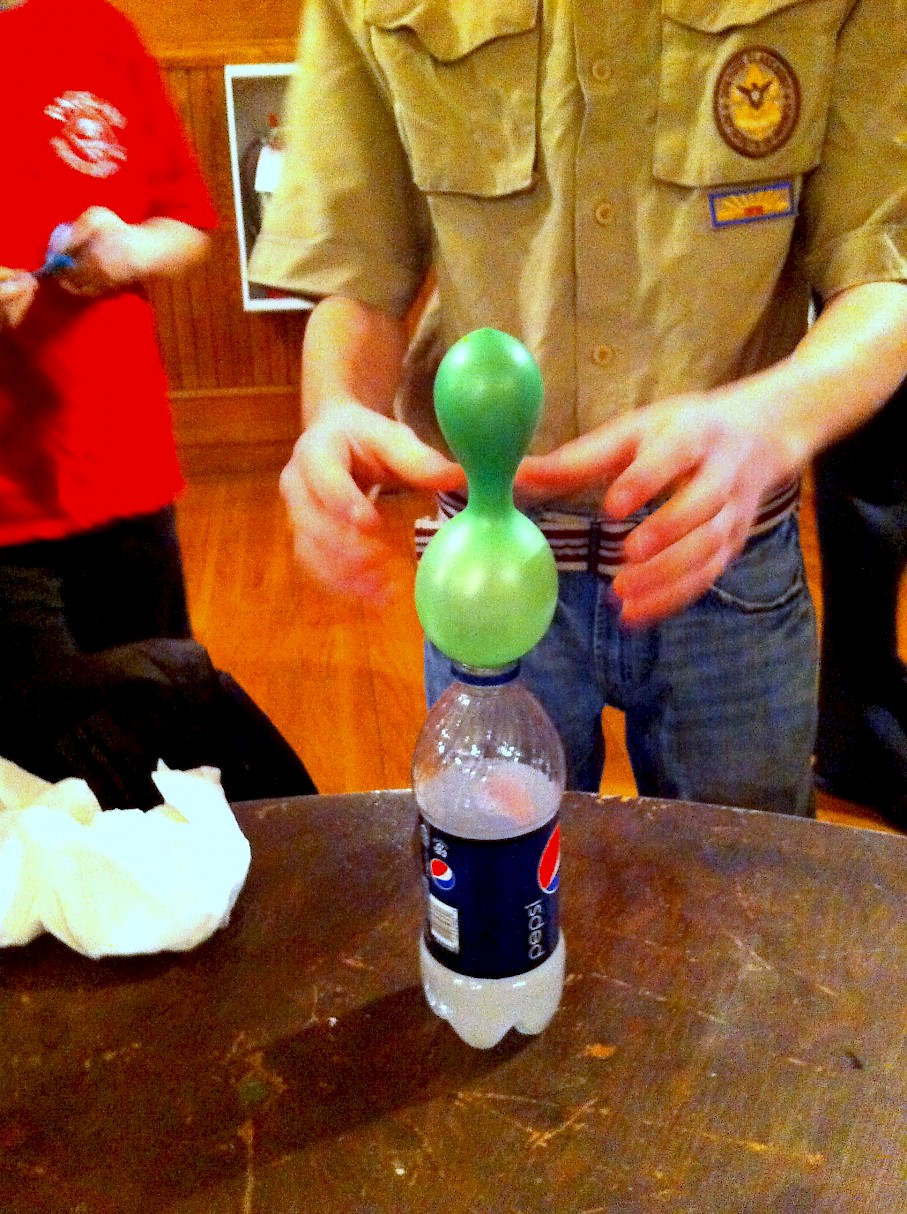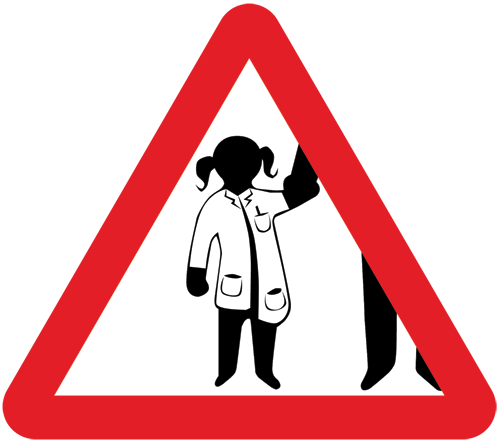Self-Inflating Balloons

With just a few household items you can save your breath with this experiment and make balloons inflate themselves!
Experiment
- In one balloon put a couple of teaspoons of baking soda in it. Make sure it goes right inside the balloon and put a food clip or clothes peg on the balloon neck where it joins the balloon to keep it all in.
- Quarter-fill the empty bottle with vinegar.
- Carefully and firmly place the balloon right over the neck of the bottle, making sure that no baking soda escapes.
- In the other balloon put a couple of teaspoons of small sweets/candies in it, and again clip the balloon to keep them in.
- Take the lid off the cola or lemonade bottle and place the balloon firmly over it, making sure no sweets escape.
- Now - take the clip off each balloon and quickly tip the balloon contents into their bottles. Stand back!
Which balloon inflates the most and the fastest?
So what's happening?
In the first balloon, when the baking soda (bicarbonate of soda, a base) and vinegar (acetic acid) mix together a chemical reaction begins, and one of the products of that reaction is the same gas that we also breathe out, carbon dioxide. This is trapped by and inflates the balloon as the pressure inside the balloon increases!
In the second balloon, when the sweets hit the fizzy (carbonated) liquid the sweets cause carbon dioxide to rapidly bubble from the liquid. This is because up-close the sweets have a lot of rough surface area which helps bubbles form (the sweets provide nucleation sites) and the gas escapes from the drink and into the balloon. This makes the balloon puff up fast!
What if?
What would happen if you:
- Used sugar granules or cubes in place of sweets?
- Used water in place of the vinegar?
- Used smaller balloons like water bomb balloons?
